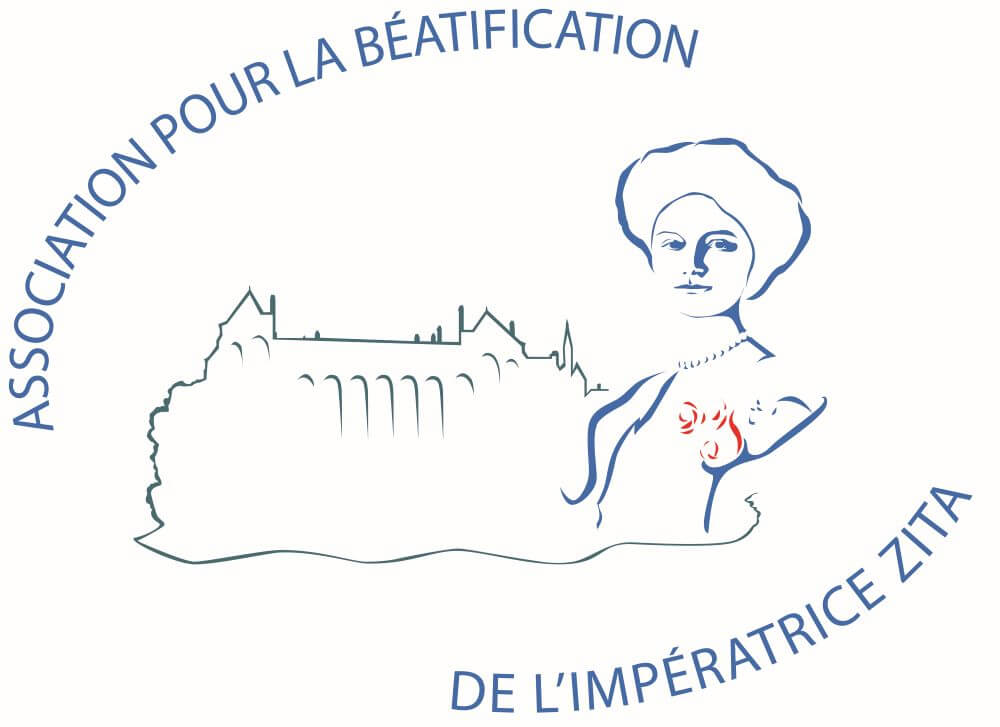Prayer life of the servant of God
With her husband Charles, the Servant of God had an intense eucharistic life. From her youth, Zita considered her daily participation in the Eucharist as the indispensable foundation of her life of prayer and acts of charity. She thus united her whole life and family to the redeeming sacrifice of Christ. The presence of the Blessed Sacrament in her various homes allowed her to live every day in the intimacy of the Lord and later as a widow, to unite with her beloved husband: “In the heart of Jesus we will find ourselves” Charles told her on his agony bed.
The Servant of God was a woman of prayer: she had a great devotion to the Sacred Heart of Jesus and the Immaculate Heart of Mary, to which she consecrated her family. The recitation of the Rosary was part of his daily life. The couple would begin their day with prayer and ends it with prayer.
Her daily life was guided by the motto of her patron saint, Saint Zita of Lucca «Heart to God and hands at work». She would come across that moto in the Benedictine spirituality, Ora et labora.
In the most dramatic circumstances of her life, she used prayer. In her account to her son Otto of the rather agitated flight leading the Zurich imperial couple to Hungary for the second restoration attempt (October 1921), Zita wrote: “I called all the angels of heaven and prayed the psalm “Qui habitat” (Ps 90) and the “Sub tuum”.
The young couple engraved on their wedding band the prayer to the Virgin Mary Sub tuum:
« Sub tuum praesidium confugimus, sancta Dei Genitrix : nostras deprecationes ne despicias in necessitatibus, sed a periculis cunctis libera nos semper, Virgo gloriosa et benedicta. »
Under the shelter of your mercy, we take refuge, Holy Mother of God. Do not despise our prayers when we are in trial, but deliver us always from all dangers, glorious and blessed Virgin.”

